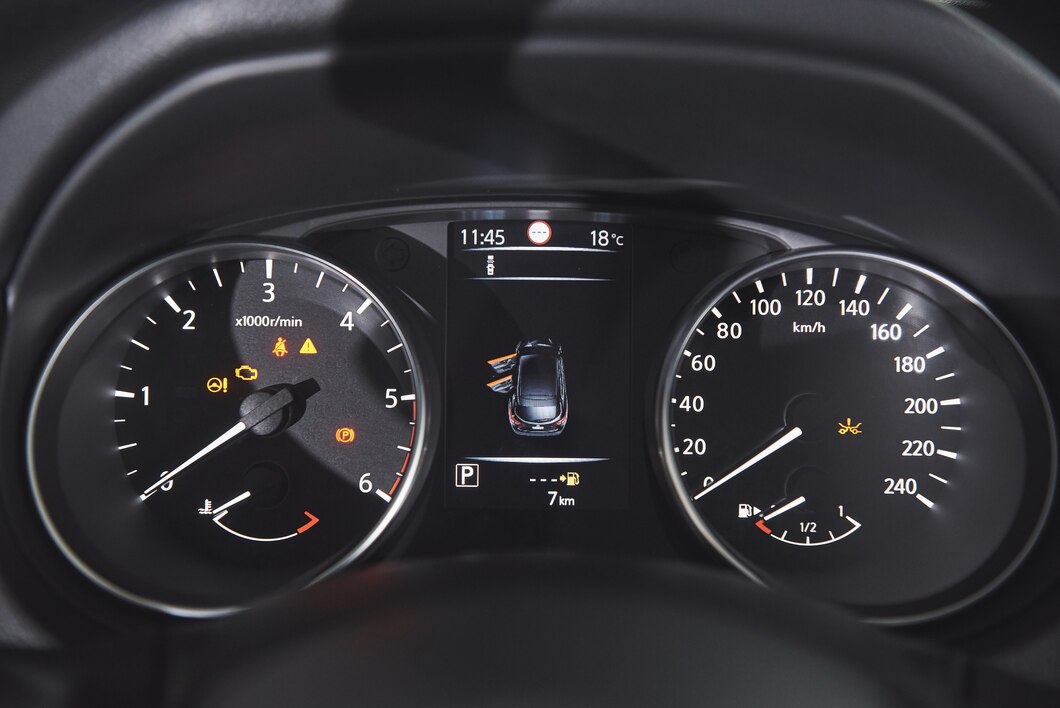The oxygen sensor (O2 sensor) in your car plays a crucial role in monitoring and optimizing engine performance by measuring the oxygen levels in the exhaust gases. Over time, these sensors can wear out or become faulty, affecting fuel efficiency, emissions, and overall engine operation. Recognizing early signs of a failing O2 sensor can save you from decreased fuel economy and potential damage to other engine components. Here are key indicators that your car’s O2 sensor may need replacement:
1. Check Engine Light (CEL) Illumination
One of the most common and earliest signs of a failing O2 sensor is the illumination of the Check Engine Light on your dashboard. The sensor detects abnormal oxygen levels in the exhaust and sends signals to the engine control unit (ECU). If the ECU receives out-of-range readings or no signal from the O2 sensor, it triggers the CEL to alert you to a potential problem.
2. Decreased Fuel Efficiency
A malfunctioning O2 sensor can lead to inaccurate readings of the air-fuel mixture, causing the engine to run richer (too much fuel) or leaner (too little fuel). As a result, you may notice a significant decrease in fuel efficiency, meaning you’ll need to refuel more often for the same distance traveled.
3. Rough Idling or Engine Misfires
Faulty O2 sensors can disrupt the engine’s air-fuel mixture, leading to irregular engine idling or noticeable engine misfires. These symptoms often occur when the sensor fails to provide accurate feedback to the ECU, causing improper fuel injection timing and combustion.
4. Failed Emissions Test
During emissions testing, a failing O2 sensor can cause your car to fail to meet emission standards due to incorrect readings and improper fuel combustion. If your car fails an emissions test, it may be due to a malfunctioning O2 sensor among other potential issues.
5. Unusual Exhaust Smells or Smoke
In some cases, a malfunctioning O2 sensor can cause the engine to run excessively rich or lean, resulting in unusual exhaust odors such as a strong gasoline smell or excessive smoke from the tailpipe. This is often accompanied by decreased engine performance.
What to Do Next:
- Diagnosis by a Professional: If you notice any of these signs, it’s crucial to have your car inspected by a qualified mechanic or technician. They can use diagnostic tools to retrieve error codes stored in the ECU and pinpoint the exact cause of the O2 sensor malfunction.
- Replacement of O2 Sensor: Depending on the diagnosis, your mechanic may recommend replacing the faulty O2 sensor. It’s essential to use OEM (original equipment manufacturer) or high-quality aftermarket sensors to ensure proper functionality and compatibility with your vehicle.
- Address Other Maintenance Needs: While replacing the O2 sensor, consider addressing other maintenance needs such as replacing air filters, spark plugs, or addressing any vacuum leaks that could affect engine performance and fuel efficiency.
- Regular Maintenance: Regularly scheduled maintenance can help prevent premature O2 sensor failure. Follow the manufacturer’s recommended service intervals and keep an eye on your car’s performance to catch potential issues early.
In conclusion, recognizing the early signs of a failing O2 sensor and taking prompt action can help maintain your car’s fuel efficiency, performance, and compliance with emissions standards. By addressing O2 sensor issues early, you can prevent more significant engine problems and ensure your vehicle operates smoothly and efficiently for years to come.











